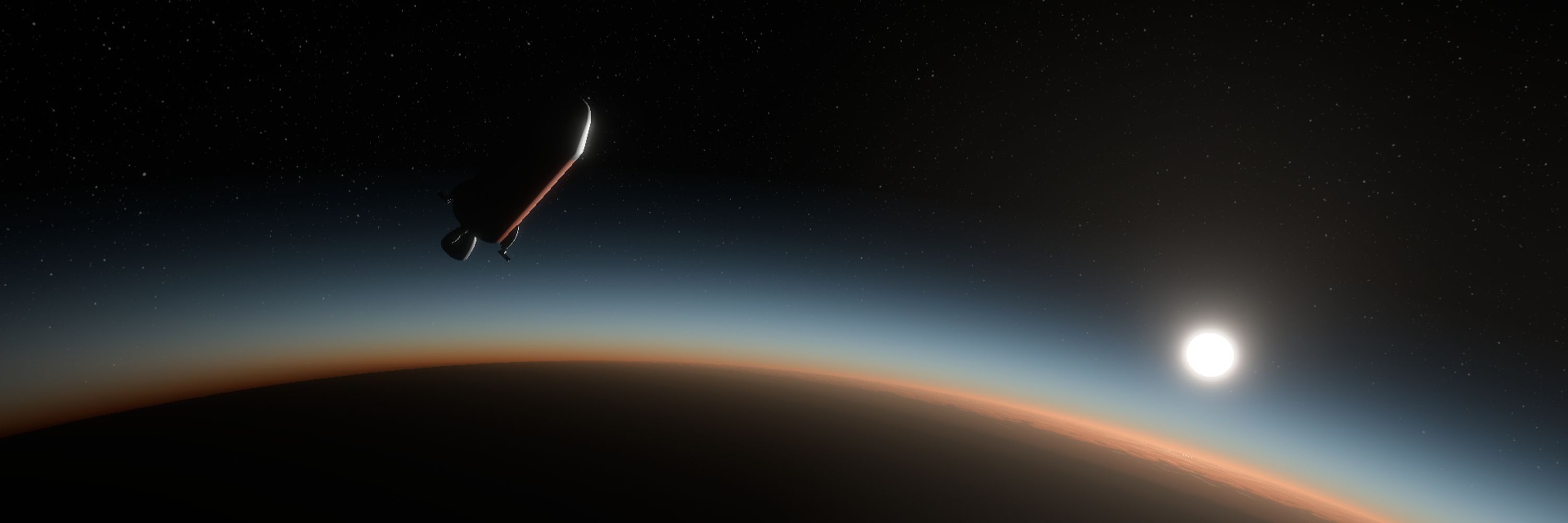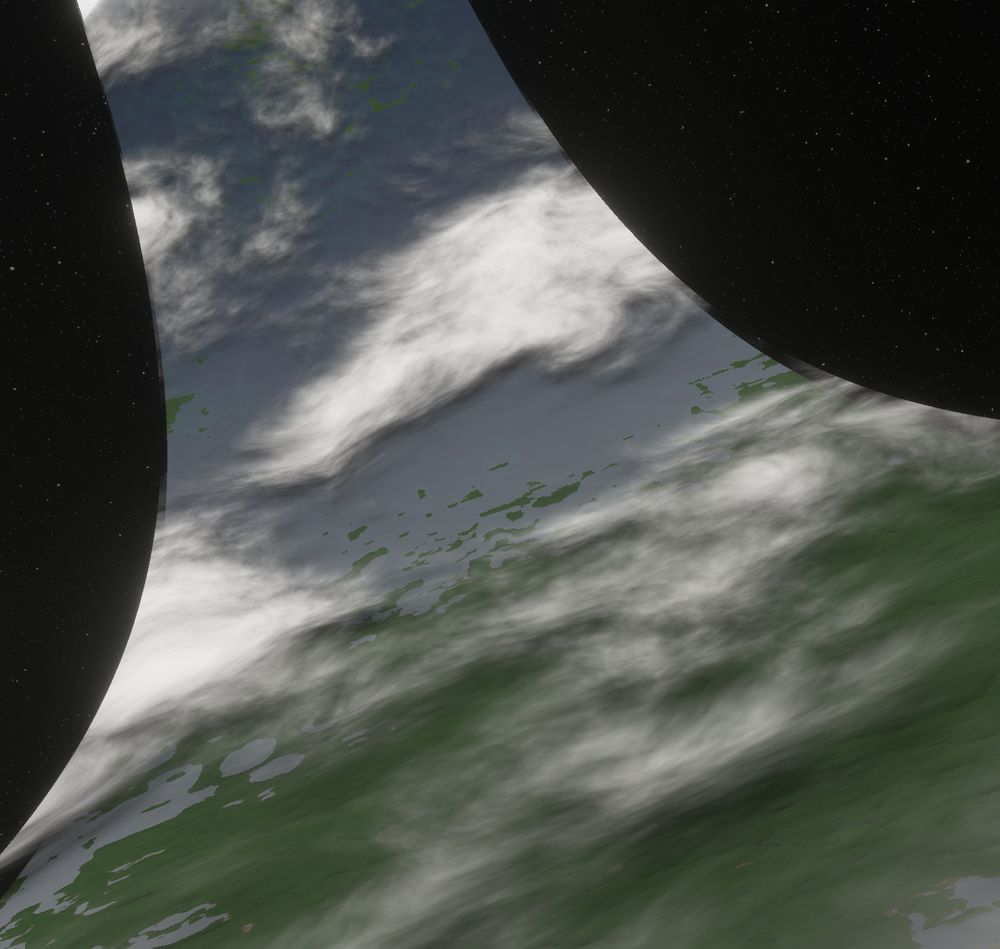
Rendezvous is slightly different because it requires matching velocity with the ground, which in most cases means speeding up instead of slowing down.
Rendezvous is slightly different because it requires matching velocity with the ground, which in most cases means speeding up instead of slowing down.


In theory it's "just" a matter of curving it the other way, but that is easier said than done.
In theory it's "just" a matter of curving it the other way, but that is easier said than done.


All the building blocks are already there, but it will still be a lot of work as I never anticipated having to support non-spherical celestial bodies, but here we are.
All the building blocks are already there, but it will still be a lot of work as I never anticipated having to support non-spherical celestial bodies, but here we are.


But that doesn't make sense. The early sweep only removes cache entries and doesn't add any. So something else must be going on there.

But that doesn't make sense. The early sweep only removes cache entries and doesn't add any. So something else must be going on there.
There are three systems that modify them. The extract and the two sweep functions. The extract function is the only one that can add the instances. The sweep functions only remove them.
The ordering appears correct.

There are three systems that modify them. The extract and the two sweep functions. The extract function is the only one that can add the instances. The sweep functions only remove them.
The ordering appears correct.






